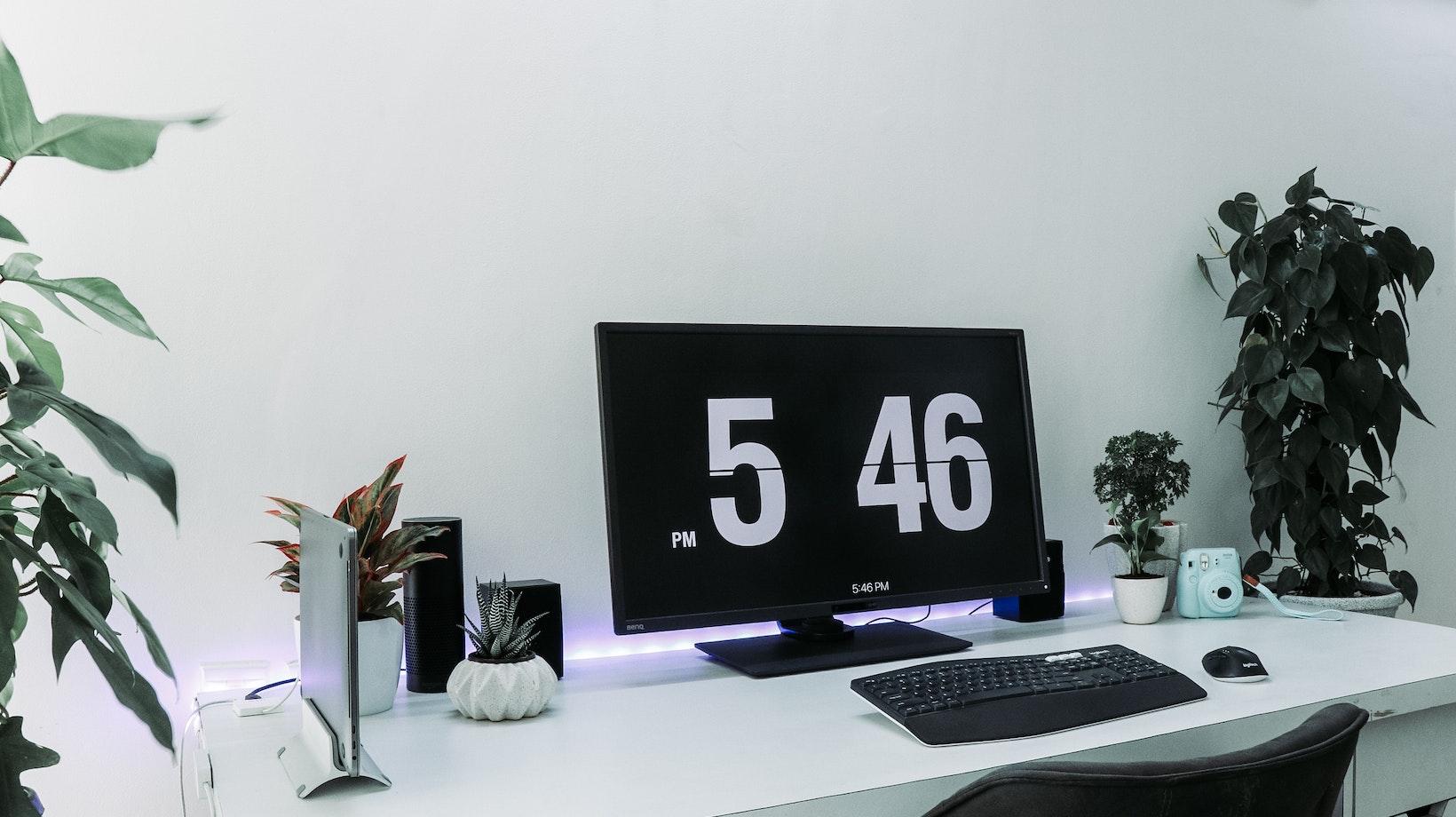Looking to change the background in Adobe Illustrator? Well, you’ve come to the right place! In this article, I’ll guide you through the steps on how to effortlessly modify the background of your artwork using Illustrator’s powerful tools and features.
To begin, open your desired project in Illustrator and make sure you have the Layers panel visible. This will help us organize our elements effectively. Next, locate the layer containing your background or create a new one if needed. Remember, having separate layers for different elements makes editing much easier.
Now comes the exciting part! To change the background color, simply select the desired layer and click on the “Swatches” panel. Choose a new color that suits your vision or create a custom one by adjusting the sliders in the Color Picker dialog box. Voila! Your background color has been updated.
If you want to take it up a notch and use an image as your background, fear not! Illustrator offers seamless integration with raster graphics software like Photoshop. Simply import your preferred image into Illustrator by going to “File” > “Place,” then position and resize it accordingly.
Table of Contents
TogglePreparing your Illustrator document
When it comes to changing the background in Illustrator, the first step is to prepare your document. This involves a few key considerations to ensure a smooth and successful process. Let’s dive into the steps you need to follow:
- Open your Illustrator document: Launch Adobe Illustrator and open the file that you want to work on. Make sure you have saved a copy of the original file before proceeding with any changes.
- Create a new layer: To maintain flexibility and avoid accidentally modifying important elements of your design, it’s best practice to work on a separate layer for the background. Go ahead and create a new layer by clicking on the “New Layer” icon at the bottom of the Layers panel.
- Select the background object: Identify the element or shape that represents your current background within your artwork. Use either the Selection tool (V) or Direct Selection tool (A) to select it.
- Remove or hide existing backgrounds: Depending on how your artwork is structured, you may need to delete or hide any existing backgrounds behind your selected object(s). To remove unwanted elements, simply press Delete (or Backspace) on your keyboard while having them selected. Alternatively, you can hide them by clicking on the “Visibility” eye icon next to each layer in the Layers panel.
- Place or create a new background: Now it’s time to add or create a new background for your illustration. You have several options here – you can import an image as your background by going to File > Place, choose from pre-existing patterns and swatches, or even create custom shapes using drawing tools like Rectangle or Ellipse.
Now that we’ve covered the process of preparing your Illustrator document, let’s move on to the next section where we’ll explore different techniques for actually changing the background.

How to Change Background in Illustrator
Selecting the Background with the Selection Tool
When it comes to changing the background in Adobe Illustrator, one of the essential tools you’ll need is the Selection Tool. This versatile tool allows you to easily select and manipulate objects within your artwork. Here’s how you can use it specifically for selecting and changing the background:
- Open your Illustrator document: Launch Adobe Illustrator and open the file containing the artwork you want to edit.
- Select the Selection Tool: In the toolbar on the left side of your screen, click on the black arrow icon, also known as the Selection Tool.
- Click and drag to select: With the Selection Tool active, click anywhere on your artboard and drag a selection box around your existing background or any other elements you wish to change.
- Refine your selection: If there are additional objects inadvertently selected along with your desired background, hold down Shift while clicking on those objects to deselect them individually.
- Isolate just the background: To isolate only the background for editing purposes, go to “Select” > “Inverse” (or press Shift + Ctrl + I) after making your initial selection. This will deselect everything except for what was previously selected – in this case, leaving just the background.
- Make changes to your background: Now that you’ve successfully selected just the background, feel free to make any desired changes such as adjusting colors, adding gradients or textures, or replacing it altogether using various techniques available in Illustrator.
- Save your changes: Once you’re satisfied with how your new background looks, remember to save your work by going to “File” > “Save” (or press Ctrl + S).
By utilizing these steps with precision using Adobe Illustrator’s powerful Selection Tool, you’ll be able to seamlessly change backgrounds within minutes!
Remember that practice makes perfect, so don’t hesitate to experiment and try out different techniques to achieve the desired results. Happy background changing in Illustrator!






